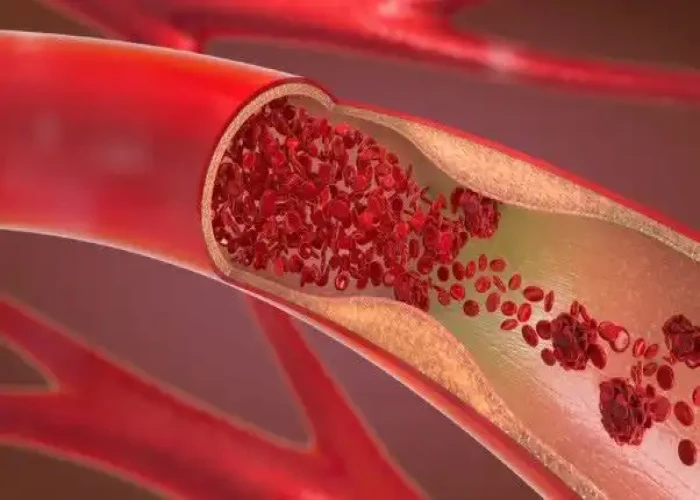 Welcome
Welcome
“May all be happy, may all be healed, may all be at peace and may no one ever suffer."
Takayasu's arteritis

Takayasu's arteritis is a rare, chronic inflammatory disease that primarily affects the large arteries, particularly the aorta and its main branches. The condition is caused by an autoimmune reaction, in which the body's immune system attacks its own blood vessels.
The exact cause of Takayasu's arteritis is unknown, but it is thought to be related to genetic and environmental factors. The disease can occur at any age, but it is most commonly diagnosed in women under the age of 40.
Symptoms of Takayasu's arteritis can vary depending on the location and extent of the affected arteries, but may include:
- Fatigue
- Fever
- Weight loss
- Muscle and joint pain
- Headaches
- Dizziness or lightheadedness
- Weakness or numbness in the limbs
- Reduced or absent pulse in the arms or legs
- High blood pressure
- Vision changes
Diagnosis of Takayasu's arteritis typically involves a combination of medical history, physical examination, blood tests, imaging studies (such as angiography or MRI), and biopsy of affected tissue. Treatment options for Takayasu's arteritis may include medications to suppress the immune system and reduce inflammation, such as corticosteroids, immunosuppressive agents, and biologic drugs. In some cases, surgery may be necessary to repair or replace damaged arteries.
Takayasu's arteritis is a chronic condition that can have a significant impact on quality of life, and ongoing monitoring and management are typically necessary to prevent and manage symptoms. Early diagnosis and treatment are important to prevent complications such as aneurysms, stroke, or heart failure.
Research Papers
Disease Signs and Symptoms
- Fatigue (Tiredness)
- Low red blood cells (Anemia)
- Blood in stool
- Diarrhea
- High blood pressure (hypertension)
- Shortness of breath (dyspnea)
- Chest pain
- Memory loss
- Headaches caused by eyestrain
- Dizziness, lightheadedness or faintness
- Limb pain
- Weakness
- Night sweats
- Fever
- Joint pain
- Muscle pain
- Weight loss
- A weak pulse, difficulty getting a blood pressure or a difference in blood pressure between arms
Disease Causes
Takayasu's arteritis
With Takayasu's arteritis, the aorta and other major arteries, including those leading to your head and kidneys, can become inflamed. Over time the inflammation causes changes in these arteries, including thickening, narrowing and scarring.
No one knows exactly what causes the initial inflammation in Takayasu's arteritis. The condition is likely an autoimmune disease in which your immune system attacks your own arteries by mistake. The disease may be triggered by a virus or other infection.
Disease Prevents
Disease Treatments
Treatment of Takayasu's arteritis focuses on controlling inflammation with medications and preventing further damage to your blood vessels.
Takayasu's arteritis can be difficult to treat because the disease may remain active even if your symptoms improve. It's also possible that irreversible damage has already occurred by the time you're diagnosed.
On the other hand, if you don't have signs and symptoms or serious complications, you may not need treatment or you may be able to taper and stop treatment if your doctor recommends it.
Medications
Talk with your doctor about the drug or drug combinations that are options for you and their possible side effects. Your doctor may prescribe:
- Corticosteroids to control inflammation. The first line of treatment is usually a corticosteroid, such as prednisone (Prednisone Intensol, Rayos). Even if you start feeling better, you may need to continue taking the drug long term. After a few months, your doctor may gradually begin to lower the dose until you reach the lowest dose you need to control inflammation. Eventually your doctor may tell you to stop taking the medication completely.
- Possible side effects of corticosteroids include weight gain, increased risk of infection and bone thinning. To help prevent bone loss, your doctor may recommend a calcium supplement and vitamin D.
- Other drugs that suppress the immune system. If your condition doesn't respond well to corticosteroids or you have trouble as your medication dose is lowered, your doctor may prescribe drugs such as methotrexate (Trexall, Xatmep, others), azathioprine (Azasan, Imuran) and leflunomide (Arava). Some people respond well to medications that were developed for people receiving organ transplants, such as mycophenolate mofetil (CellCept). The most common side effect is an increased risk of infection.
- Medications to regulate the immune system. If you don't respond to standard treatments, your doctor may suggest drugs that correct abnormalities in the immune system (biologics), although more research is needed. Examples of biologics include etanercept (Enbrel), infliximab (Remicade) and tocilizumab (Actemra). The most common side effect with these drugs is an increased risk of infection.
Surgery
If your arteries become severely narrowed or blocked, you may need surgery to open or bypass these arteries to allow an uninterrupted flow of blood. Often this helps to improve certain symptoms, such as high blood pressure and chest pain. In some cases, though, the narrowing or blockage may happen again, requiring a second procedure.
Also, if you develop large aneurysms, surgery may be needed to prevent them from rupturing.
Surgical options are best performed when inflammation of the arteries has been reduced. They include:
- Bypass surgery. In this procedure, an artery or a vein is removed from a different part of your body and attached to the blocked artery, providing a bypass for blood to flow through. Bypass surgery is usually performed when the narrowing of the arteries is irreversible or when there is significant obstruction to blood flow.
- Blood vessel widening (percutaneous angioplasty). This procedure may be indicated if the arteries are severely blocked. During percutaneous angioplasty, a tiny balloon is threaded through a blood vessel and into the affected artery. Once in place, the balloon is expanded to widen the blocked area, then it's deflated and removed.
- Aortic valve surgery. Surgical repair or replacement of the aortic valve may be needed if the valve is leaking significantly.
Disease Diagnoses
Disease Allopathic Generics
Disease Ayurvedic Generics
Disease Homeopathic Generics
Disease yoga
Takayasu's arteritis and Learn More about Diseases

Anaphylaxis
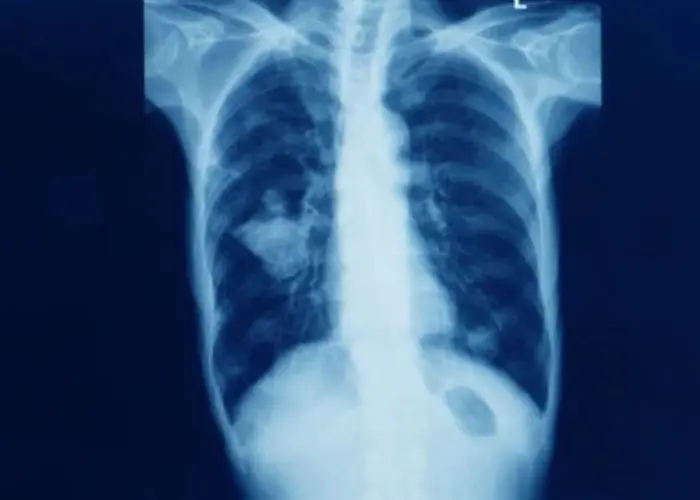
Carcinoma of unknown primary

Elevated blood pressure
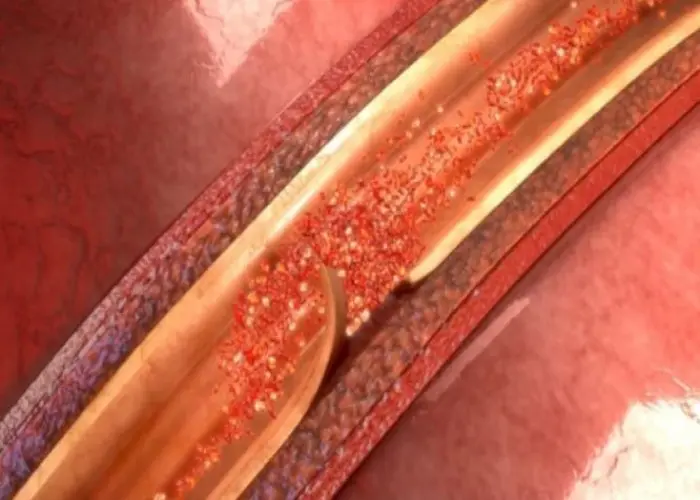
Aortic dissection
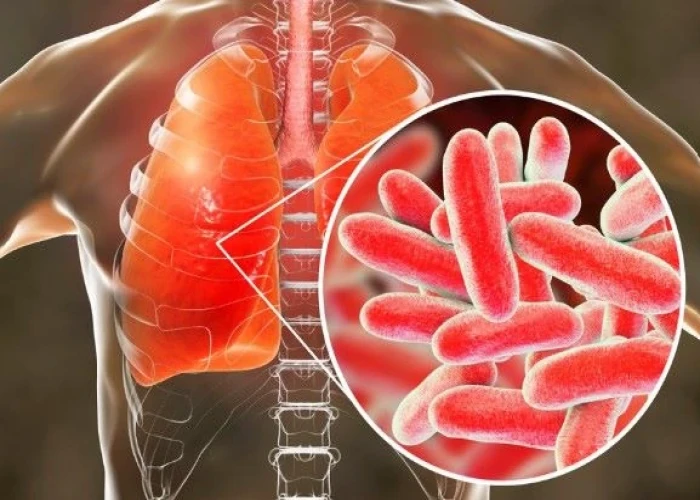
Legionnaires' disease
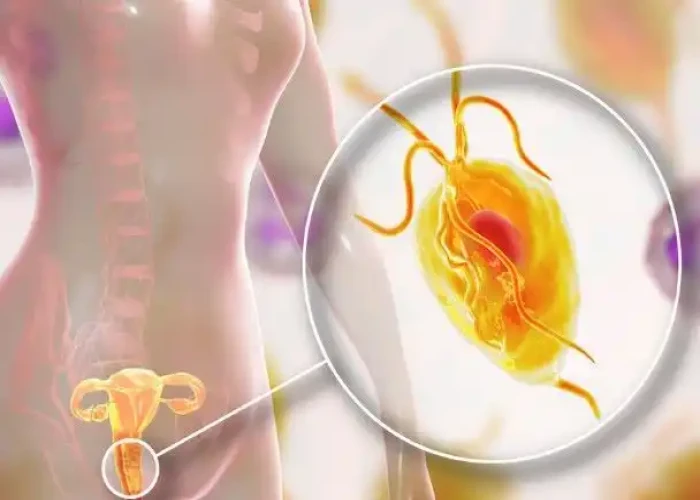
Trichomoniasis
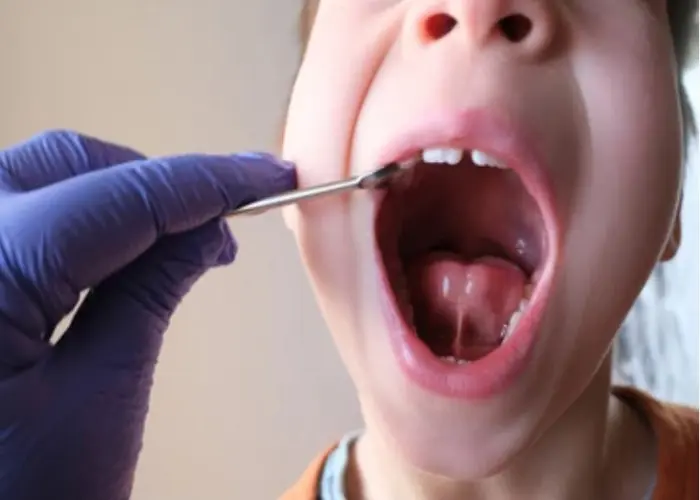
Aphasia
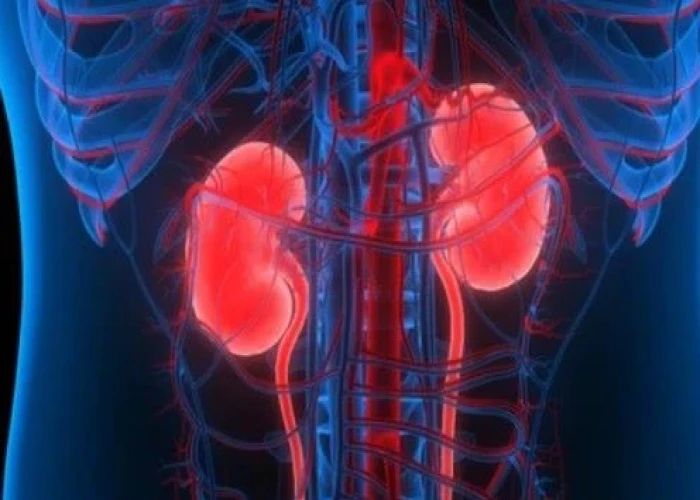
Pyelitis
takayasu's arteritis, টাকায়াসুর আর্টেরাইটিস
To be happy, beautiful, healthy, wealthy, hale and long-lived stay with DM3S.
